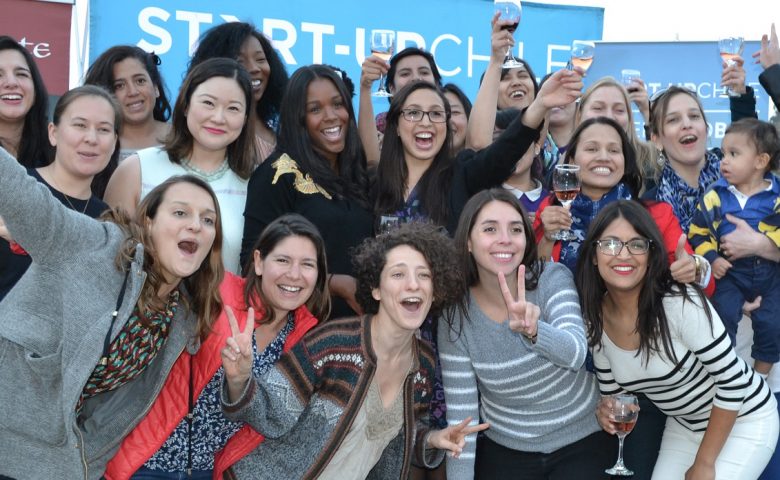Women’s entrepreneurship is on the rise globally. In the past year, 163 million women were starting businesses across 74 economies worldwide, while 111 million were running established businesses - according to the GEM 2016/2017 Women's Report, published today.
“This not only shows the magnitude of impact women entrepreneurs have across the globe, but highlights the contribution they make toward the growth and well-being of their societies,” said Babson College Professor and report co-author Donna Kelley. “Women entrepreneurs provide incomes for their families, employment for those in their communities, and products and services that bring new value to the world around them.”
Among the 63 economies surveyed in both this and the last report produced in 2015, GEM found that Total Entrepreneurial Activity (TEA) among women increased by 10%, and the gender gap narrowed by 5%. These same economies show an 8% increase in women’s ownership of established businesses.
Female TEA rates ranged from 3% in Germany, Jordan, Italy and France to 37% in Senegal. In just five economies in two regions (Indonesia, Philippines, and Vietnam in Asia and Mexico and Brazil in Latin America), women participated in entrepreneurship at equal or higher rates than men.
The highest participation in entrepreneurship among women can be seen in the 25-34 and 35-44 year olds. This is true, on average, across the development levels and regional groups. It is also the case among men.
In three Southeast Asian countries—Thailand, Vietnam, and Indonesia—established business ownership rates among women are equal to or higher than TEA rates. Additionally, there are equal or greater proportions of established business owners among women compared to men.
Across all economies surveyed, women entrepreneurs have a 5 percent greater likelihood of innovativeness compared to men.
Policy Insights
According to GEM Executive Director Mike Herrington, the data from this latest report highlights several key trends and paradoxes. “As economic development and educational level increases, entrepreneurial participation among women declines and the gender gap increases, but business discontinuance also slows down. While the female discontinuance rate exceeds that of males in the first three levels of development, although only by about 10%, fewer women in highly developed innovation-driven economies have exited businesses, and at only two-thirds the rate of men.
Also of note for policy makers is the finding that, on average, women exhibit a 20% or greater likelihood of citing necessity as a motive for starting a new business when compared to men – especially in less developed economies. A positive finding is that that women entrepreneurs have a 5% greater likelihood of innovativeness compared to men.
While there are no clear cut answers in the report, the data provides an important foundation for the support of female business growth and the creation of both economic and social value around the world, commented Herrington.
“In many respects this report shows that women entrepreneurs across the world are more different than similar in terms of personal demographics, attitudes, and the types of businesses they run,” he said. “This suggests that support initiatives for women entrepreneurs need be tailored and customised per economy - rather than taking a one-size-fits-all approach.”

